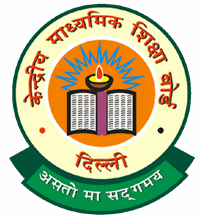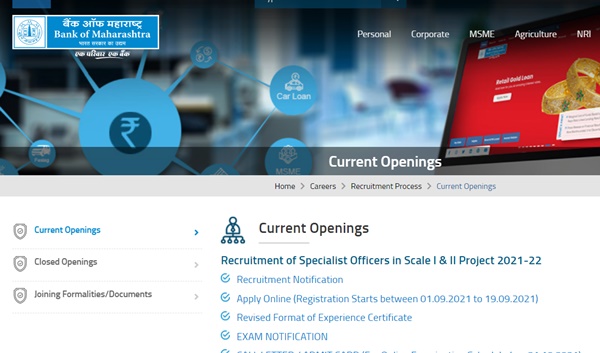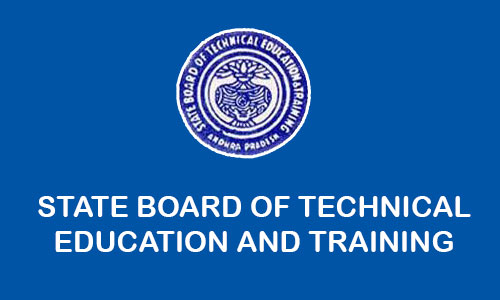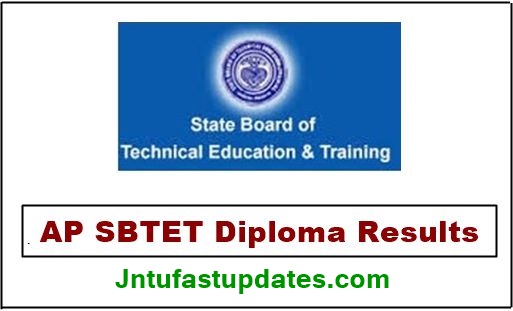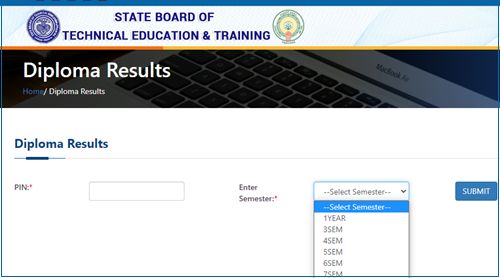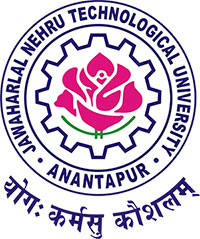AP ECET Counselling Dates 2021 Rank Wise, Certificate verification, Online Apply Procedure, Colleges wise web option entry instructions available at apecet.nic.in. For more details candidates can check ap ecet 2021 web counselling notification.
AP ECET Counselling Dates 2021 Rank Wise, Certificate Verification, Web Options Entry @ apecet.nic.in
The Qualified & eligible candidates of APECET-2021 (Diploma Holders in Engineering and Pharmacy & Degree holders with B.Sc. (Maths) are informed that the web counselling process comprising payment of processing fee cum registration, online certificate verification and option entry will be conducted from 15-11-2021 to 24-11-2021. The candidates are instructed to follow guidelines/Instructions or user manual to proceed for web counselling process.
The Qualified and eligible candidates of APECET-2021 (Diploma holders of all branches of Engineering and Pharmacy & B.Sc. Maths) are informed to participate in web counselling for the seats available in Engineering and Pharmacy colleges in the State of Andhra Pradesh(both University and Private) for the academic year 2021-22.
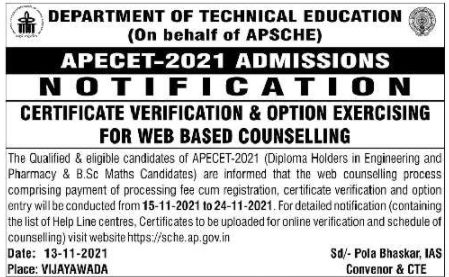
AP ECET 2021 Counselling Schedule:
The web counselling schedule for the 1st Phase for APECET-2021 Admissions is given below.
| S.No. | Events | Important Dates |
| 1. | Registration From | 15-11-2021 To 18-11-2021 |
| 2. | Verification of Uploaded certicates From | 16-11-2021 To 19-11-2021 |
| 3. | Web options Selection From | 21-11-2021 To 23-11-2021 |
| 4. | Change of Web options | 24-11-2021 |
| 5. | Allotment of Seats Phase-I | 27-11-2021 |
| 6. | Self Reporting, Reporting at College & Commencement of Classwork | 27-11-2021 onwards |
Important Links:
I. Registration and Payment of Processing fee:
1. Open the website using https://sche.ap.gov.in and click on ECET-2021 ADMISSIONS
2. Then click on Registration form link
3. Candidate can enter into Registration form by using “ECET Hall Ticket Number” and “Date of Birth”
4. Registration form with all the basic information is displayed, verify all the details. a. If no mistakes found, accept the declaration and candidate will be directed to processing fee payment gateway. b. If any mistake found in the information provided, candidate can use the provision to make changes by selecting the option “yes” from the drop down box provided before the declaration and click on submit button, which will direct the candidate to make any corrections to rectify the mistakes using suitable data with relevant document proofs to be uploaded through online. Then accept the declaration and candidate will be directed to processing fee payment gateway. The processing fee for web counseling is Rs.1200/- (for OC/BC) and Rs. 600/- (for SC/ST). The candidates are instructed to pay through online by credit card/ debit card/net banking etc in web site https://sche.ap.gov.in All the candidates from 1 to Last Rank can pay the processing fee from 15.11.2021 to 18.11.2021 using URL https://sche.ap.gov.in.
5. Once the payment is success click on print button and take a print out.
II. Verification of Certificates (Online):
A) Candidates other than PH, CAP, NCC and Sports and Games
All the candidates (except Candidates belongs to PH, CAP, NCC and Sports and Games) are instructed to upload necessary certificates duly selecting the Help line Centers for online verification of uploaded certificates. The concerned authorizes in Help Line Centres will verify the uploaded certificates by online. Hence, the candidates need not visit/attend physically the Help line Centres for verification of certificates, if they don’t have any problem.
Note: The majority of the candidates are committing the following mistakes during registration:
(i) Not uploading the appropriate certificate (ii) Improper scanning of certificate (images of the certificates are visible).
Hence the candidates are requested to take utmost care while scanning and uploading of the certificates. The verification officers at Help Line Centres will verify the uploaded certificates by online. After verification of certificates, the verification officer may approve if all the certificates are visible and proper. Else the verification officer may ask the candidate to re-upload the certificate (only one time is allowed). Therefore the candidates are requested to verify the status of application.
The candidates are informed that the verification of certificates viz SSC marks memo, Diploma/ Degree marks memo, VII class to Diploma study certificates or VIII to Degree study certificates for B.Sc (maths) degree holders, Caste Certificate, Income Certificate/Ration Card, Economically Weaker section (EWS) certificate, Residence Certificate (for private studied candidates) have to be verified by the counselling authorities. But the candidates are required upload only required documents only.
AP ECET Counselling required certificates – Certificates to be Produced by all Candidates
The candidates are requested to keep the following certificates before proceeding for Online Web Counselling. All original Certificates and two sets of Xerox copies
1) AP ECET-2021 Rank card.
2) AP ECET-2021 Hall Ticket.
3) Memorandum of Marks (Diploma/Degree).
4) Provisional Diploma Certificate/Degree Certificate.
5) Proof of Date of Birth (SSC or its Equivalent Memo).
6) Study Certificate from VII to Diploma/9th to Degree B. Sc. Maths candidates
7) Residence Certificate of candidate for a period of 7 years preceding to qualifying examination in case where the candidate has no institutionalized education.
8) In respect of Non-Local candidates in order to consider them for allotment under unreserved seats the following certificates needs to be submitted. a) Residence Certificate: Candidates who has resided in the State for a total period of 10 years excluding periods of study outside the State; or either of whose parents have resided in the State for a total period of 10 years excluding periods of employment outside the State. OR b) Employer Certificate : Candidates who are children of parents who are in the employment of this State or Central Government, Public Sector Corporations, Local bodies , Universities and other similar Quasi Public Institutions within the State at the time of applying for APECET – 2021 Examination.
9) Integrated Community Certificate, in case of BC/ST/SC issued by the competent authority.
10) Income certificate of parents from all sources issued on or after 01.01.2018 or White Ration card (candidate name and father name have to be reflected in the ration card) those who claims tuition fee reimbursement.
11) Local status certificate (if applicable) i.e a candidate who migrates to any part of the state of Andhra Pradesh from the state of Telangana from 02- June-2014 to on/before 01-June-2021shall be regarded as the local candidate in the state of Andhra Pradesh
12) EWS certificate valid for the year 2021-22 from MeeSeva for OC candidates who want to claim reservation under EWS category
13) Candidates claiming reservation under NCC/Sports/ PH/ CAP shall bring the original certificates. a) PH – Candidates shall submit certificate issued by the District Medical Board. b) CAP – Candidates shall submit Certificates from the Zilla Sainik Welfare Board (viz) Discharge book & Identity card etc for Verification. Children of Ex-Service and In-Service persons who are domicile of Andhra Pradesh will alone be considered for allotment of seats under CAP Category. c) NCC & Sports –Produce original certificates issued by competent authorities. The candidates should have represented from the state of AP. d) Minorities – The Muslim and Christian Minority Candidates should bring Transfer Certificate (TC) of the SSC containing the Religion (Muslim/Christian/Other linguistic) or in the absence of TC, a Certificate issued by the Head of the Institution in which the student studied/appeared for SSC or its equivalent Examination.
Note 1: Candidates passed from boards of examination other than APSBTET shall submit equivalence certificate from SBTET-A.P. Note 2: Candidates who have secured 45% (For OC) and 40% (SC/ST/BC) aggregate marks in Diploma or B.Sc. Degree Examination are only eligible for admission. Note 3: B.Sc. (Maths) Candidates will be considered for allotment of seats after exhausting all the eligible Diploma candidates in the merit list in terms of G.O.Ms.No.49, Higher Education, EC-II Dept, Dated: 04.06.2011.
III. Option entry:
1. The candidates are requested to exercise options as per the schedule i.e. from 21-11-2021 to 23-11-2021. The candidates can freeze their options. The candidates cannot modify further. In case of any candidates clicks on Freeze button, exercised options will not be given for any changes/modifications. Again the Candidates are here by informed that they can change their options on 24-011-2021.
IV. Allotment of Seats:
The allotment will be placed on 27.11.2021 after 6.00 p.m. Allotments now made are subject to the grant of affiliation from the University. The detailed instructions for options entry i.e Instructions to Candidates will be placed in home page of https://sche.ap.gov.in.
List of Help Line Centres:
1. Government Polytechnic, Srikakulam
2. MRAGR Government Polytechnic, Vizianagram
3. Government Polytechnic,Kancharapalem, Visakhapatnam
4. Andhra Polytechnic, Kakinada
5. S.M.V.M Polytechnic,Tanuku,West Godavari dist
6. Government Polytechnic,Near Benz Circle, Vijayawada
7. Andhra Loyola Degree college,Near Benz Circle Vijayawada.
8. MBTS Government Polytechnic, Nallapadu, Guntur.
9. D.A Government Polytechnic ,Ongole 10.Government Polytechnic, Venkateswarapuram, Nellore
11.S.V Government Polytechnic,Tirupathi 12.Government Polytechnic for women, Kadapa
13.Government Polytechnic, Ananthapur
14.Sri G.Pulla Reddy Government Polytechnic ,Kurnool
For any Help such as change of Mobile number or any corrections, candidates are instructed to approach nearest Help Line center with valid proof.
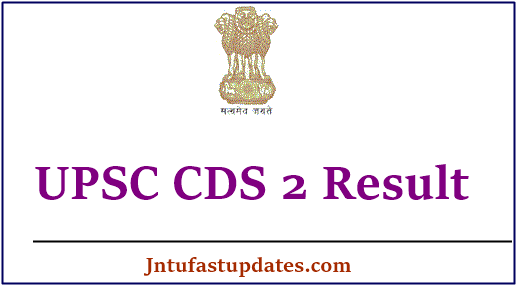

320-x100(1).gif)



